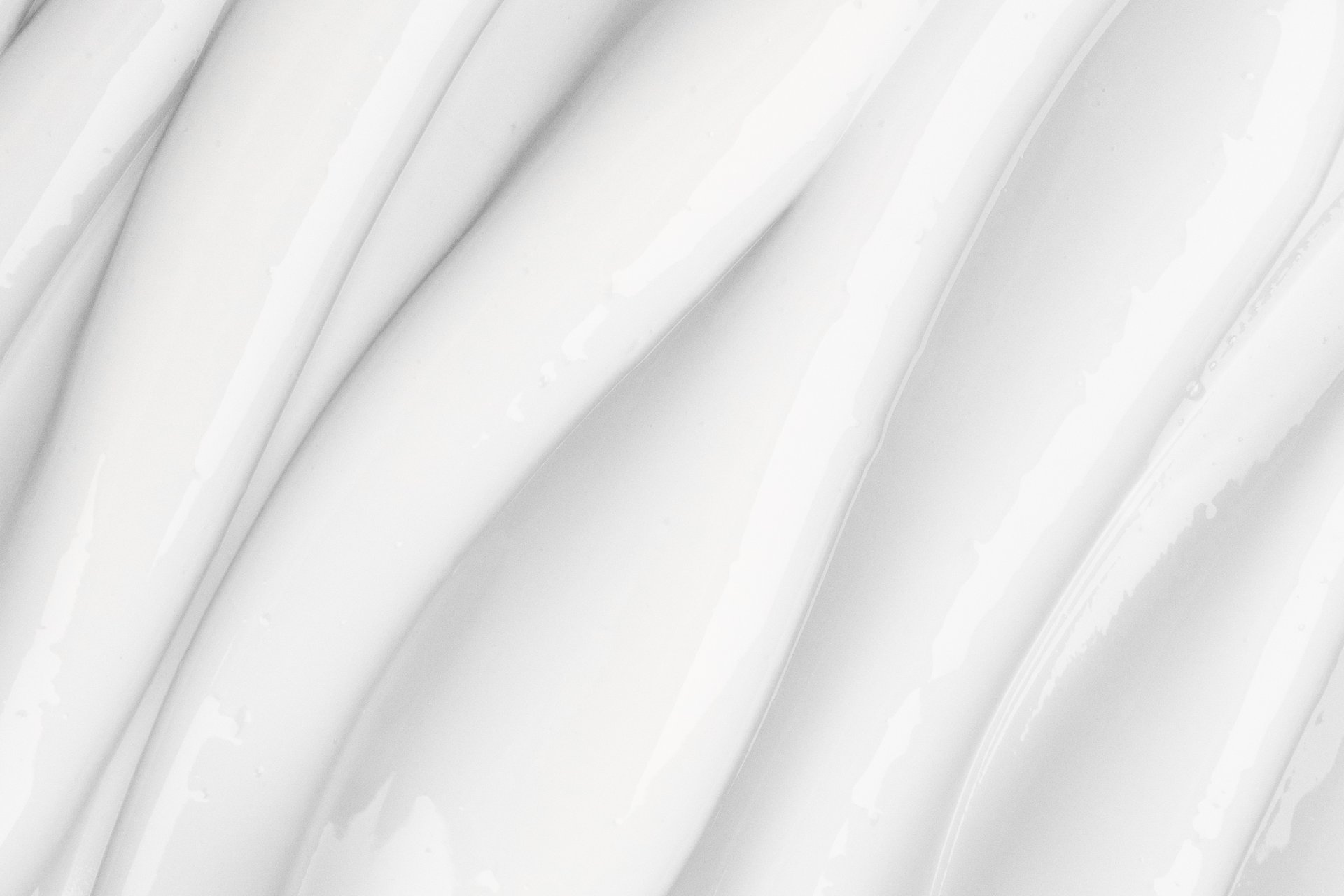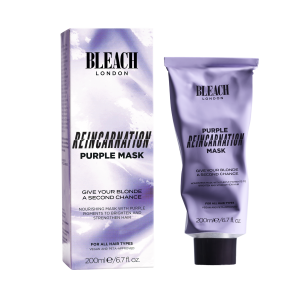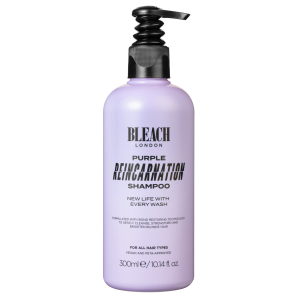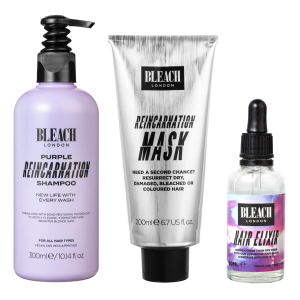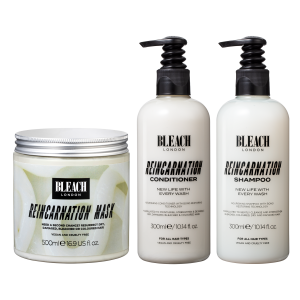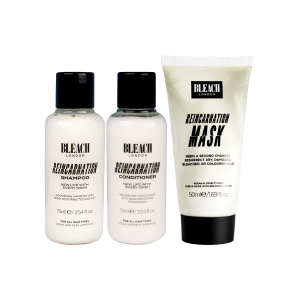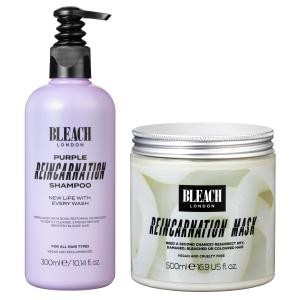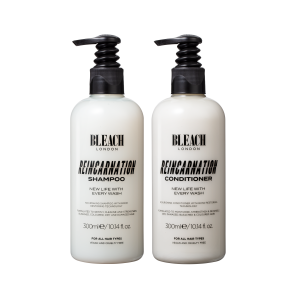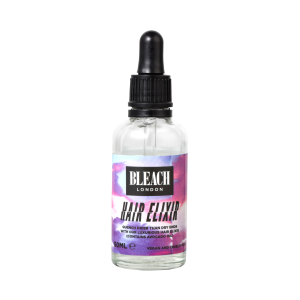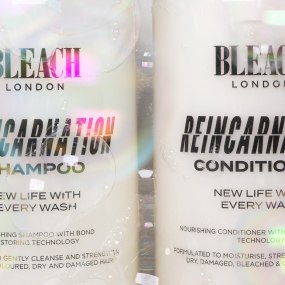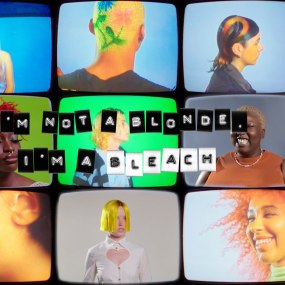
Hair Myths 101
Everything you need to know about dying your hair at home!
Its time to bust some of the most common myths around colouring your hair at home. Read these helpful tips and prepare to dye like a pro!
Myth: Bleached hair is unhealthy hair
False.
There are many things that can impact the health of your hair, but bleaching it does change its structure, meaning it’ll need a bit more TLC than uncoloured or virgin hair. Having a nourishing hair care routine will really help the condition of your bleached hair and will stop any dryness or brittleness in its tracks. Our Reincarnation Range is perfect for this as it moisturises hair at the same time as strengthening, actually repairing two different types of bonds. Our ‘Low and Slow’ and ‘Bond Building’ bleaches are perfect for the hair conscious as they contain lower volume developers and anti-breakage ingredients.Remember that sun, heat, pollution, hard water and tension can also impact hair structure too, so make sure you’re not overdoing it on the heat styling or tying it up too tight!
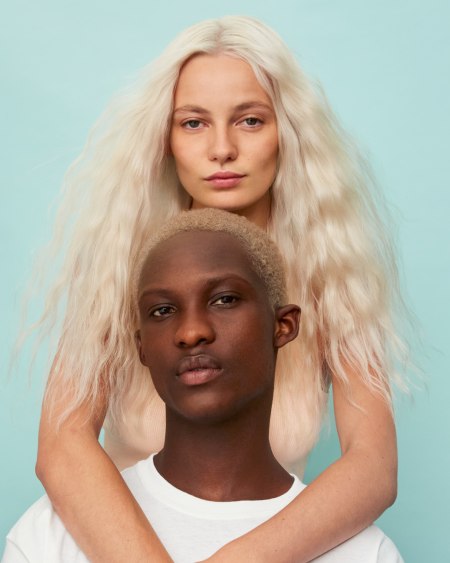
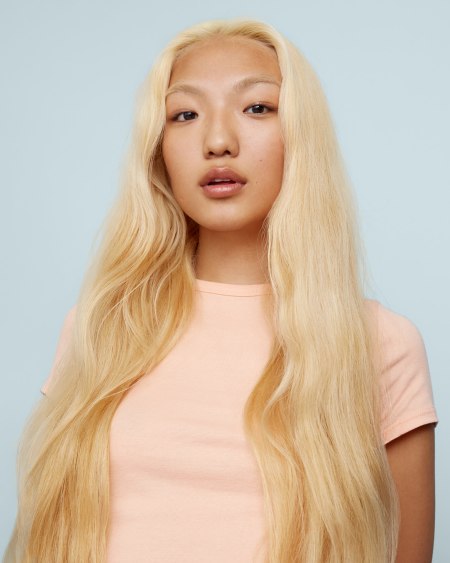
Myth: You should have clean hair before you bleach
False.
It’s actually best not to wash your hair too close to bleaching it. This is because shampooing strips your scalp of natural oils which help protect against irritation.
Myth: Bleaching will ruin your curls/coils
False.
Over bleaching or processing your hair can alter or even ruin curly or coily hair. This is why we made ‘Low and Slow’ using a gentler bleach for a slower, more controlled lift. This extra control means you can avoid unnecessary impact or damage to your natural hair pattern.
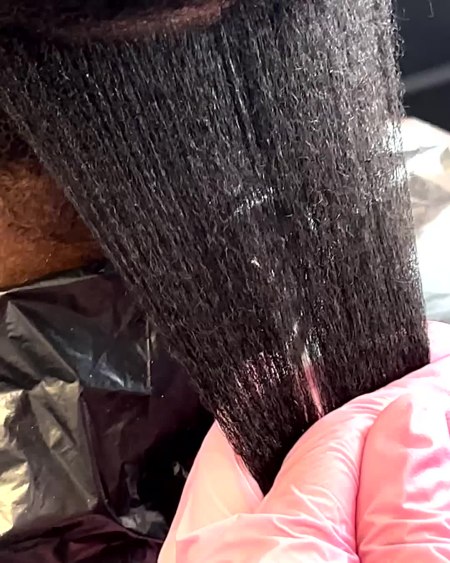
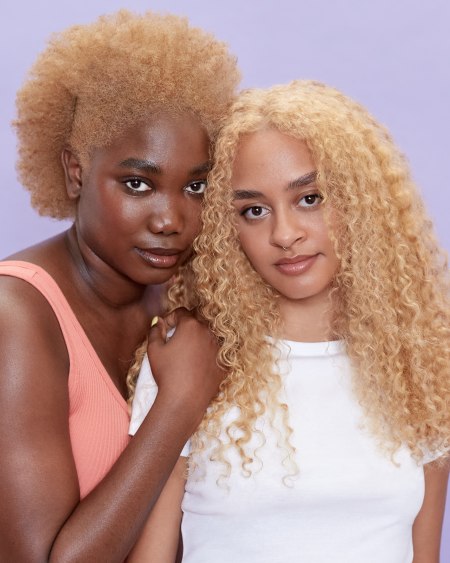
Myth: Toners will cover & correct all sins
False and True.
Toners can alter the tone and depth of your hair but will never lift it like bleach would - so the depth can only stay the same or go darker. e.g. If you lift your hair to a dark warm yellow, a white toner is not going to get you to white. But toners can help even out patchy bleaches if you’re aiming for a darker shade. They’re also great for helping neutralise warmth or getting the perfect finish.
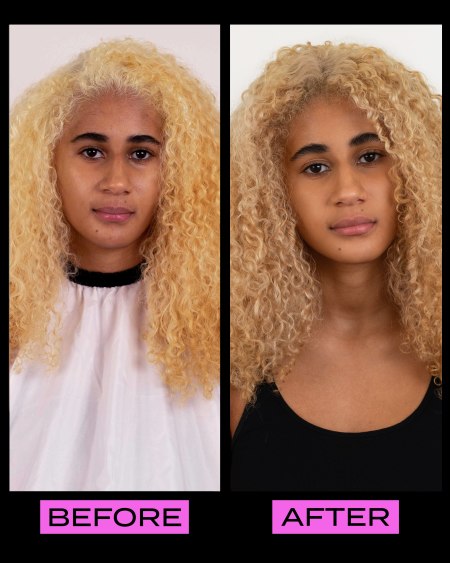
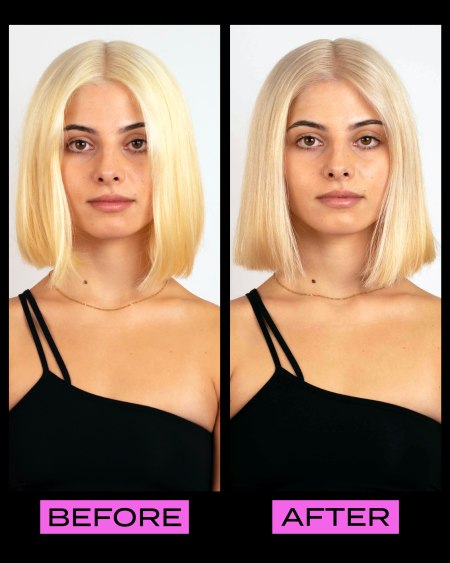
Myth: Bleaching causes hair loss
False. (when following the correct guidelines and instructions)
Bleaching will not cause hair loss or stop hair growing from the root. Hair breakage is more common though, and can occur as a result of many different factors including (but not limited to) overlapping, tying up too tight, excess heat styling, over processing, over bleaching and not having a proper routine that nourishes and protects it. As a salon stylist I always used to tell clients that wanted to bleach their hair all over that you can’t have bleached hair if you heat style it regularly - the two don’t go hand in hand. Heat styling your hair every now and then is fine but definitely not every time you wash!
Myth: An Itchy scalp is not normal when bleaching
False.
A mild itch on the scalp during bleaching is completely normal. This is because bleach itself is an irritant. But severe irritation, burning, heat, blistering and serious itching is NOT normal - if you experience any of these, stop bleaching immediately.
You cannot bleach your hair at home
False.
With the right prep, products, information and education, bleaching hair at home needn’t be for professionals only - just ask one of our million box kits customers. We have videos on our website and socials to help you prepare for your bleaching journey, especially if it’s your first time.
You need a strong bleach to get the colour you want
False.
We have different strengths of bleaching kits because different hair types react differently to bleach. Also, depending on what you want to achieve, you may not need to use a strong bleach at all. Strong bleach is not always the answer: Yes it can lift the hair quickly, but that might not be required for the colour you’re aiming for and could cause unnecessary damage. If you have a hair question that isn’t answered on our website or instructions, we’re always happy to talk via our socials. If in doubt, reach out before you bleach.
The sun/environmental factors do not have an impact on your hair colour
False. False. False.
The sun and surrounding environment have a huge impact on hair, scalp health and colour. It’s not only weather but pollution, water hardness and even how you wear your hair on a daily basis. We put SPF on our skin, but our hair gets little protection from the sun, which can lighten and fade hair colour as well as cause it damage. Bleached and coloured hair is already compromised so looking after it properly is the only way of maintaining its health.
